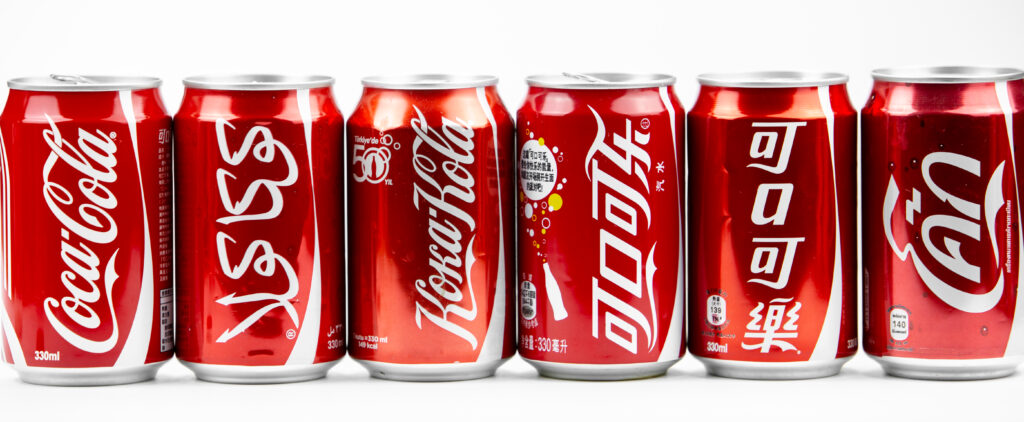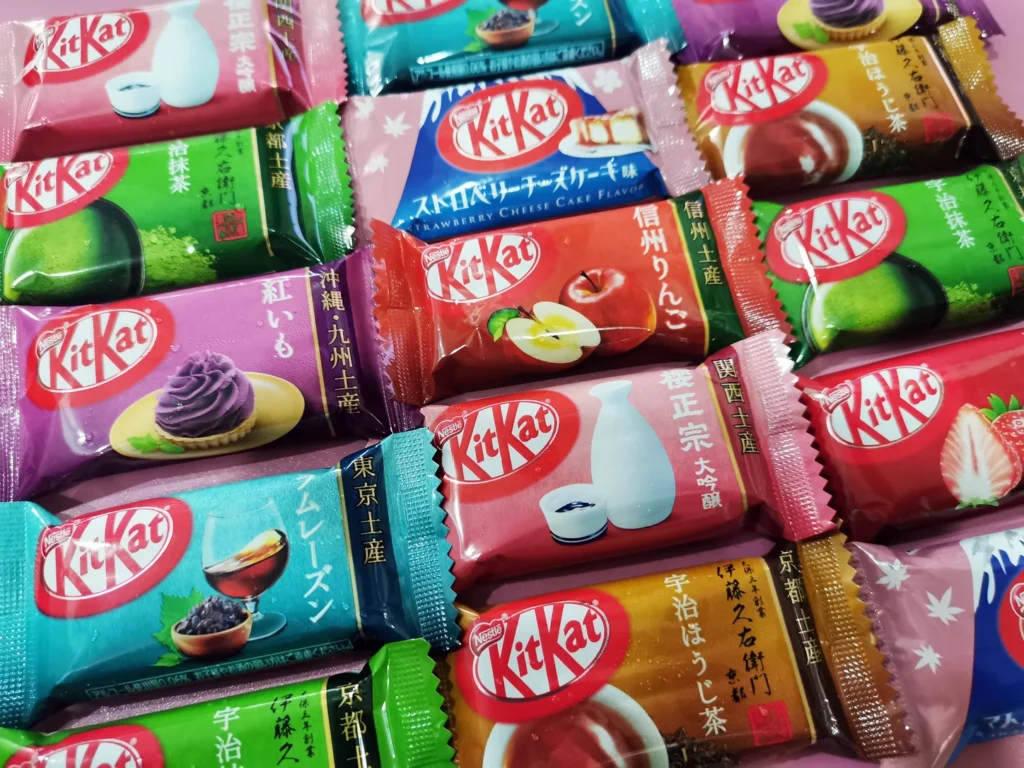
In the realm of global marketing, one size rarely fits all. Successfully adapting a global brand to local markets requires more than just translation; it demands a profound understanding of culture, language, and consumer behavior.
One of the most fascinating and intriguing observations of cross-cultural marketing and brand localization unfolds prominently in the Middle East and Africa (MEA). With its vibrant mix of ethnicities, each with its unique set of values and beliefs, the region is a testament to the beauty of cross-cultural marketing.
Through out my nine years of marketing experience in Dubai, I’ve had the privilege of witnessing the rich tapestry of cultures that defines the Middle East and Africa region. I’ve seen how embracing multiculturalism is not just a choice but a necessity for businesses.
To succeed in such markets, international brands must navigate the intricate landscape of cultural differences and consumer preferences. This extends to home markets as well. With increasing globalization and migration, multicultural communities have become a significant demographic in many countries. These multicultural people bring with them their unique traditions, languages, and purchasing behaviors. Ignoring this growing ethnic market means missing out on a substantial customer base and potential revenue.
Two strategies commonly employed in this pursuit are brand localization and cross-cultural marketing. While these terms are often used interchangeably, they have distinct differences and can greatly impact the success of your business. In this article, we will explore brand localization and cross-cultural marketing, understand their importance, benefits, and challenges, and practical and effective strategies. So, let’s dive in!
Introduction to Brand Localization and Cross-Cultural Marketing
While brand localization and cross-cultural marketing share the common goal of connecting with diverse audiences, they differ in their approaches and objectives. Brand localization involves making specific adaptations to cater to a particular local market. This may include translating marketing materials, incorporating local customs, or adjusting product features to suit regional preferences.
On the other hand, cross-cultural marketing focuses on finding common ground and building connections across different cultures. Rather than making extensive changes to the brand’s identity, cross-cultural marketing seeks to create universal messages that resonate with people from various cultural backgrounds. It aims to bridge the gap between cultures and foster inclusivity. Cross-cultural marketing in the MEA region aims to create a brand image that transcends individual cultures while recognizing and respecting local diversity.
Brand Localization: Embracing Local Diversity
Brand localization is a strategy that involves customizing a brand’s products, messaging, and overall identity to resonate with the specific cultural nuances and preferences of each MEA market.
Language and Communication
he MEA region boasts a multitude of languages. The MEA region is incredibly diverse in terms of languages, with Arabic, French, English, and many indigenous languages spoken across different countries. Effective brand localization necessitatestranslating content, marketing materials, and product information into the local languages of target markets. For instance, major international brands will have most of their communication in multiple languages. It can get very granular as well. For example, during my tenure at Bridgestone, in order to promote a Truck Tyre campaign in the UAE, the marketing literature was in Urdu and Hindi, as many truck drivers are from the Asian subcontinent.
Cultural Symbols and Icons
Localization also involves incorporating culturally relevant symbols, icons, and imagery into branding materials. This includes using colors and design elements that resonate with the local culture or religion. Brands often incorporate culturally significant symbols into their marketing materials.Coca-Cola’s “Share a Coke” campaign in Egypt replaced the usual names on the bottles with common Arabic terms of endearment, fostering a sense of familiarity and emotional connection among consumers.
Product Adaptation
Brands often customize their products to meet the specific preferences and requirements of local markets. Take food and beverage companies, for instance; they might adjust ingredients or flavors to align with local tastes while considering dietary and cultural factors. Even when it comes to tires, manufacturers take into account the unique environmental conditions of different regions. They design tires to endure the challenging conditions specific to each area. Additionally, product offerings can vary significantly from one country to another. For instance, Morocco features European-spec tires, whereas the UAE opts for GCC-spec ones. Also, thanks to my Japanese colleagues I got to know about the fascinating example of KitKat in Japan. Nestle, the company behind KitKat, came up with multiple unique flavors such as Matcha, Wasabi and Sake, only for Japan. Leveraging, the phonetic similarity to the Japanese expression ‘. Kitty Cats‘, which translates to surely win, the brand became associated with good fortune. This clever play on words has made KitKit a popular gift of good luck during exams.

Regulatory Compliance

Complying with local regulations and standards is crucial in the MEA region, which has varying legal and ethical guidelines. Brands must ensure that their products, marketing, and practices align with local laws. In many markets, models featured in advertising campaigns must strictly adhere to and respect the prescribed dress code. To illustrate further, certain media outlets, like radio, are prohibited from mentioning alcoholic beverages, rendering songs like “Red Red Wine” by UB40 ineligible for airplay in these instances.
Companies can leverage their compliance efforts in marketing materials, emphasizing features that enhance accessibility or showcasing initiatives that promote diversity in the workplace. By transparently addressing disability compliance, companies build trust with consumers, strengthen their brand image, and tap into a growing market of socially conscious consumers who prioritize businesses with a commitment to inclusivity.
Cross-Cultural Marketing: Bridging Diversity

Cross-cultural marketing, in contrast, takes a more overarching approach by identifying universal themes and values that transcend cultural boundaries. It seeks to connect with a diverse audience while maintaining a consistent brand identity. Here’s how it differs from brand localization in the MEA region:
Universal Appeal
Brands like Nike employ cross-cultural marketing by emphasizing values such as athleticism, determination, and empowerment. Their “Just Do It” campaign transcends cultural boundaries to inspire athletes in various MEA countries. By focusing on the universal values of striving for excellence and self-improvement, Nike transcends cultural boundaries while maintaining a strong brand identity.
Cultural Sensitivity
While acknowledging cultural differences, cross-cultural marketing avoids adapting products extensively. It prioritizes inclusivity and avoids cultural insensitivity or stereotypes.
Global Integration
Cross-cultural marketing views the MEA region as a part of the broader global market, leveraging global trends and strategies while respecting regional nuances.
Steps to Implement Brand Localization and Cross-Cultural Marketing Strategies
To implement effective brand localization and cross-cultural marketing strategies, businesses should follow a systematic approach. Firstly, conducting comprehensive market research is essential. This involves understanding the cultural nuances, preferences, and behaviors of the target audience. By gaining insights into their values and needs, businesses can tailor their marketing messages accordingly.
Next, businesses should adapt their branding and messaging to align with the target market. This may include translating content, adjusting visuals, or incorporating cultural references. It’s crucial to strike a balance between maintaining the brand’s core identity and resonating with the local audience. Consistency is key to building brand loyalty across different markets.
Challenges and Potential Pitfalls in Brand Localization and Cross-Cultural Marketing
While brand localization and cross-cultural marketing offer immense opportunities, they also come with challenges and potential pitfalls. One common challenge is the risk of cultural misinterpretation. Without a deep understanding of the target culture, businesses may inadvertently use symbols, colors, or language that are offensive or inappropriate. Thorough research and cultural consultation can mitigate this risk.
Another potential pitfall is over-adaptation. While it’s important to localize and adapt marketing efforts, businesses should be careful not to lose their brand’s essence. Over-adapting can dilute the brand’s identity and confuse consumers. Striking the right balance between localization and maintaining a consistent brand image is crucial for success.
Embracing Brand Localization and Cross-Cultural Marketing for Business Success
In today’s interconnected world, understanding cultural differences and embracing brand localization and cross-cultural marketing are essential for business success. By tailoring marketing efforts to resonate with diverse audiences, businesses can build strong connections, expand their reach, and drive growth. While challenges may arise, with the right research, strategy, and tools, businesses can navigate the complexities of cultural differences and reap the rewards of a global marketplace. So, take the leap, embrace brand localization and cross-cultural marketing, and unlock new possibilities for your business!
